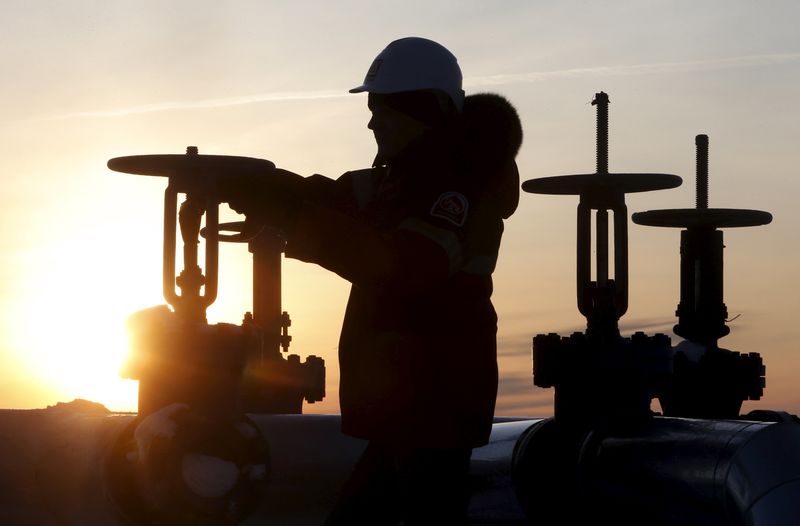By Barani Krishnan
Investing.com - Oil prices rose for a third straight day as investors zoomed in on a smaller-than-expected weekly U.S. crude build and more encouraging COVID-19 vaccine news.
But relentless new coronavirus infections among Americans and a decision by New York City to close its schools — which serve about a million students a year or more as the country’s largest school system — suggests bearish pressure ahead.
“The short-term outlook is bleak as lockdowns will continue to become a recurring theme until the U.S. gets the virus spread under control,” said Craig Erlam, analyst at New York’s OANDA. “It seems the U.S. is about to start having days with over 200,000 new cases.”
New York-traded West Texas Intermediate, the leading indicator for U.S. crude, settled up 39 cents, or nearly 1%, at $41.82 per barrel. Earlier, at the height of the session, WTI hit a one-week peak of $42.68.
London’s Brent, the global benchmark for oil, finished the session up 59 cents, or 1.3%, at $44.34, after an intraday high of $44.88.
WTI rallied harder initially after the U.S. Energy Information Administration said crude stockpiles rose by just 769,000 barrels last week, less than the consensus estimate of 1.24 million barrels.
Drawdown of diesel-led distillates was, meanwhile, more than triple the level forecast, with stockpiles dropping 5.2 million barrels versus the 1.5 million expected by analysts.
Oil inventories have cast confusion on the outlook for the economic recovery over the last couple of weeks. Demand for oil has fluctuated throughout the fall, with crude stockpile levels falling in three of the five previous weeks. The American Petroleum Institute said Tuesday that its own estimate had crude stocks rising 4.2 million barrels last week.
While the crude and distillate numbers were bright spots in the weekly EIA report, there were red flags too.
The first was a gasoline build of 2.6 million versus forecasts for a climb of under 100,000 barrels. The larger build was testimony of the flagging seasonal demand for fuels during the winter, made worse now by ramping new Covid-19 infections.
WTI may be trading near $42 a barrel, but gasoline demand almost always decides its prices. A gasoline stock climb of last week’s magnitude does not augur too well for the market.
The second red flag was production, which the EIA estimated was closer to 11 million barrels per day, up 400,000 bpd from the previous week.
This affirmed that the steadily rising U.S. oil rig count has begun to push production higher. The rig count, surveyed weekly by industry firm Baker Hughes, has risen without pause since the week ended Sept 16, climbing from 179 to 236.
